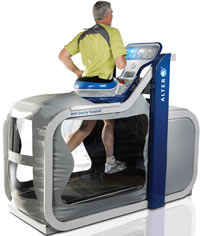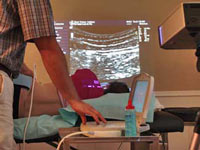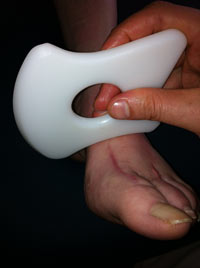How Back Pain Affects Coordination
Every muscle in your body is controlled by specific areas of your brain. The muscles in your body that require fine motor skills and delicate movements take up larger amounts of real estate in your brain. And the more you use/train certain muscles, the more area your brain devotes to that particular muscle group. For example, a guitar player will have a larger area of their brain devoted to controlling the muscles in the hands and fingers, whereas a soccer player will have a larger area of their brain used for the muscles in their feet and ankles. Thus, the amount of brain space used for a specific muscle determines how coordinated that muscle will be. We have previously reviewed research about how back pain changes your brain, but are people with back pain less coordinated too? A new study from the journal Spine looked at the areas of the brain that control low back muscles, specifically the multifidus and lumbar erector spinae. These muscles are required for fine control of low back movement and play a large role in low back/core stability.
Researchers examined these brain areas in people with and without recurrent low back pain. What they found was that in healthy subjects these two muscle groups were controlled by two distinct areas of the brain. But in those suffering from recurrent back pain, these two muscles began to be controlled by the same area of the brain, thus preventing the muscles from being used individually. Therefore, the results of this study show that recurrent low back pain is accompanied by changes in the brain that cause a loss of low back muscle coordination. Fortunately, correcting the source of the pain and exercising these specific low back muscles can help restore coordination and break the cycle of recurrent pain.
All movements of the body require coordinated activation of individual muscles and as such, each muscle has a dedicated area of the brain that controls its function. The more you use certain muscles, the more area your brain devotes to that particular muscle group. For example, a guitar player will have a larger area of their brain devoted to controlling the muscles in the hands and fingers, whereas a soccer player will have a larger area of their brain used for the muscles in their feet and ankles. Thus, the amount of brain space used for a specific muscle determines how coordinated that muscle will be. We have previously reviewed research about how back pain changes your brain, but are people with back pain less coordinated too? A study from the journal Spine looked at the areas of the brain that control low back muscles, specifically the multifidus and lumbar erector spinae. These muscles are required for fine control of low back movement and play a large role in low back/core stability. Researchers examined these brain areas in people with and without recurrent low back pain. What they found was that in healthy subjects these two muscle groups were controlled by two distinct areas of the brain. But in those suffering from recurrent back pain, these two muscles began to be controlled by the same area of the brain, thus preventing the muscles from being used individually and thereby reducing their coordination.
How do I improve the coordination of my low back?
Call 801-310-0851 now
....to set an appointment with Dr. Knudsen.
![]()
![]()
![]()
![]()
Provo Physical Therapy Clinic







 Alter G Anti-Gravity Treadmill
Alter G Anti-Gravity Treadmill



